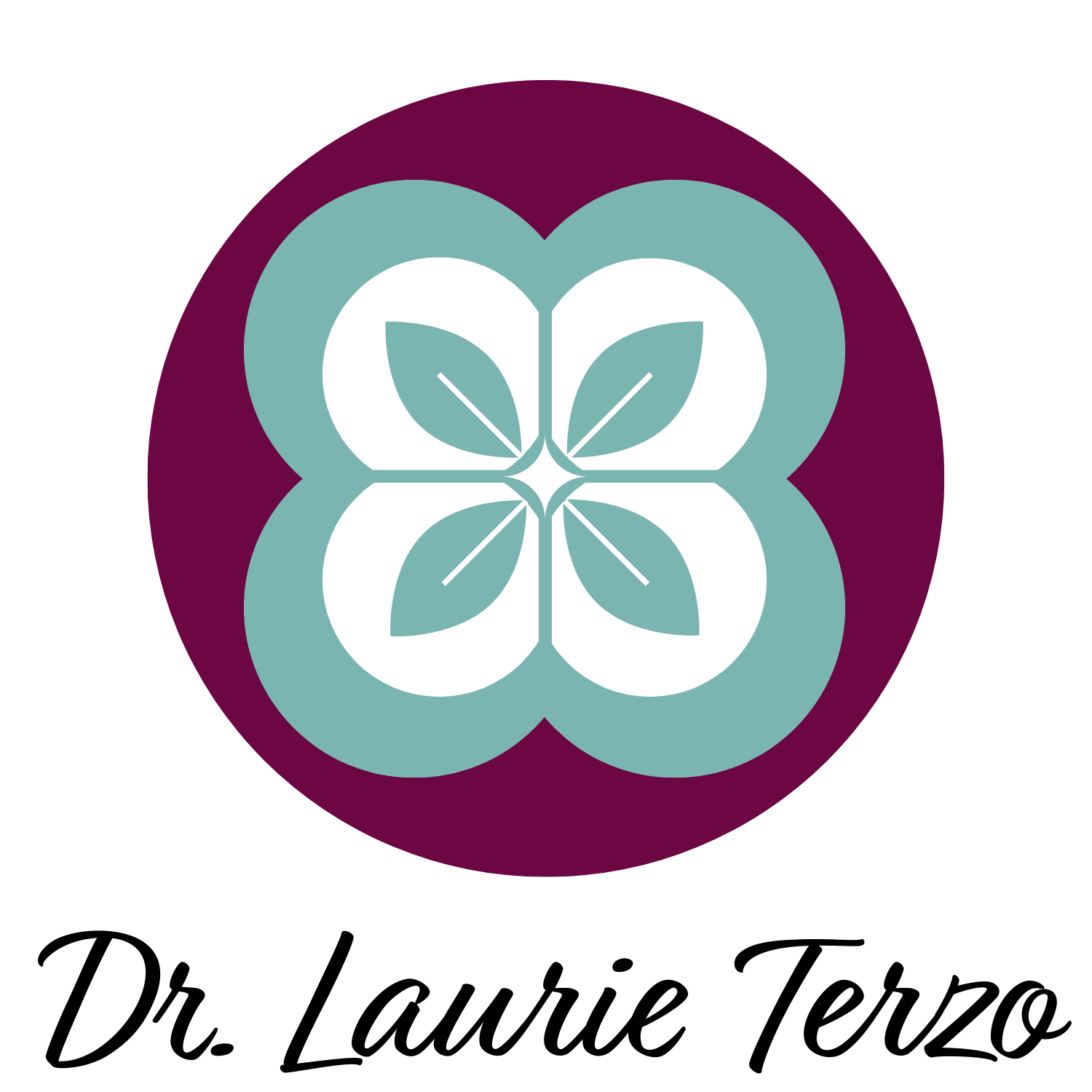4 Ways To Detox Your Kitchen
Toxins are everywhere in our environment. And to a certain extent, our bodies are built to process and get rid of these toxins. However, we are inundated with exposures to toxins in our air, our water, our food, our cleaning supplies, and in our personal bath and beauty supplies. Did you know that there are currently about 129 million industrial chemicals currently registered? Yikes! Many of these end up in our air and water supply and our exposure to them is ubiquitous. Our bodies may be built to filter and get rid of toxins, but the growing and combined exposure to all of these chemicals is certainly something which can overburden our bodies and have a profound impact on our health.
As a fertility and hormone expert, I am often asked what is the one thing that is most important for women trying to conceive to focus on. And while I think there are several key things which are important, beginning to detoxify your life would be one of the foundations. If you’re not eating organic, please start. If you don’t drink filtered water yet, definitely take a look into this. And not just a Britta filter, it’s unfortunately not enough. For my top four tips on detoxing your home, please see my blog here.
I was asked recently what advice I had on non-toxic kitchen products, and beyond getting rid of all of the plastic food storage containers, there are several other items which are important to change out to reduce your toxin exposure.
Dishes
Ditch the plastic dishes and food containers in your kitchen. This may include cups, bowls, plates, ramekins, and even chopsticks. Plastic and specifically a hard type of plastic called melamine are what makes up these various containers which may be in your kitchen. These can contain many harmful chemicals to our hormones and fertility, such as BPA, pthalates, among others. These types of dishes are especially vulnerable to leaching out chemicals if acidic foods (such as citrus or tomatoes) or warm or hot food is used with them.
Use instead: glass, ceramic, silicone (make sure it says 100% silicone), bamboo/wood, and steel.
Cutting Boards
Many cutting boards are made out of plastic, which also have hormone-disrupting pthalates and BPA. Additionally, bacteria tends to accumulate on plastic cutting board surfaces much more easily. Also, if you wash your plastic cutting board in the dishwasher or with hot water, the toxic chemicals are more easily leached into the food you are using it to cut on. And lastly, it is easy for little pieces of plastic to get dislodges when cutting on a plastic cutting board surface. These little bits of plastic tend to be small and become mingled with and ingested with the food you are cutting.
Use instead: organic bamboo or wood.
Cookware
Pots and pans can also be a big source of toxic exposure, especially if you are using nonstick pans. Nonstick pans, such as Teflon, contain hormone and health disrupting chemicals. These toxic chemicals are released with high heat cooking, even causing in some what’s called the ‘Teflon flu.’ There have even been many cases of pet birds dying when Teflon cookware has been heated to high temperatures in homes - birds are so sensitive to toxic fumes (think ‘canary in the coal mine’).
Use instead: cast iron skillet, stainless steel, glass, stoneware.
Cooking Utensils & Miscellaneous Items
These include measuring cups, measuring spoons, spatulas, soup ladles/spoons, rice spatula, whisk, colander, salad bowls, and roller pins. Take a scan around your kitchen, and begin to ditch the plastic and upgrade these items.
Use instead: 100% silicone for spoons/spatulas/pasta utensils (silicone is heat resistant and bendable), glass (for measuring cups, salad bowls), bamboo (roller pin, salad bowls), steel (colander, measuring spoons).
Not too overwhelming, right? Now that you have this list of kitchen items to change out, just start, one at a time. You so have got this! The great thing about upgrading your kitchen in this way is that once you’ve spent the money, some of these things can last a lifetime. So, it is definitely money well spent! Your hormones, fertility, and overall health will thank you for it.
How to Make These Changes
To make this process less overwhelming, I recommend using a gradual product-by-product process in tackling these changes and switching to non-toxic alternatives.
What I find that works the best is to start observing what types of products in your kitchen you use the most and then checking them out to see if they are the non-toxic versions above. For example, check out the plates you eat on and the cups you use to drink every day first. Are they made out of plastic? If so, check around for some glass, ceramic, wood, or steel versions of plates and cups and make an upgrade. Then, if you cook a lot, you can upgrade your measuring cups and spoons or cutting board, etc. Little by little, these small changes will add up and decrease the toxin burden on your liver and body and they will thank you for it.
Are you a woman trying to get pregnant and looking for more personalized guidance and support into natural ways to increase your fertility? Book a FREE Fertility Audit call with a member of our team here.
~~~~~~

